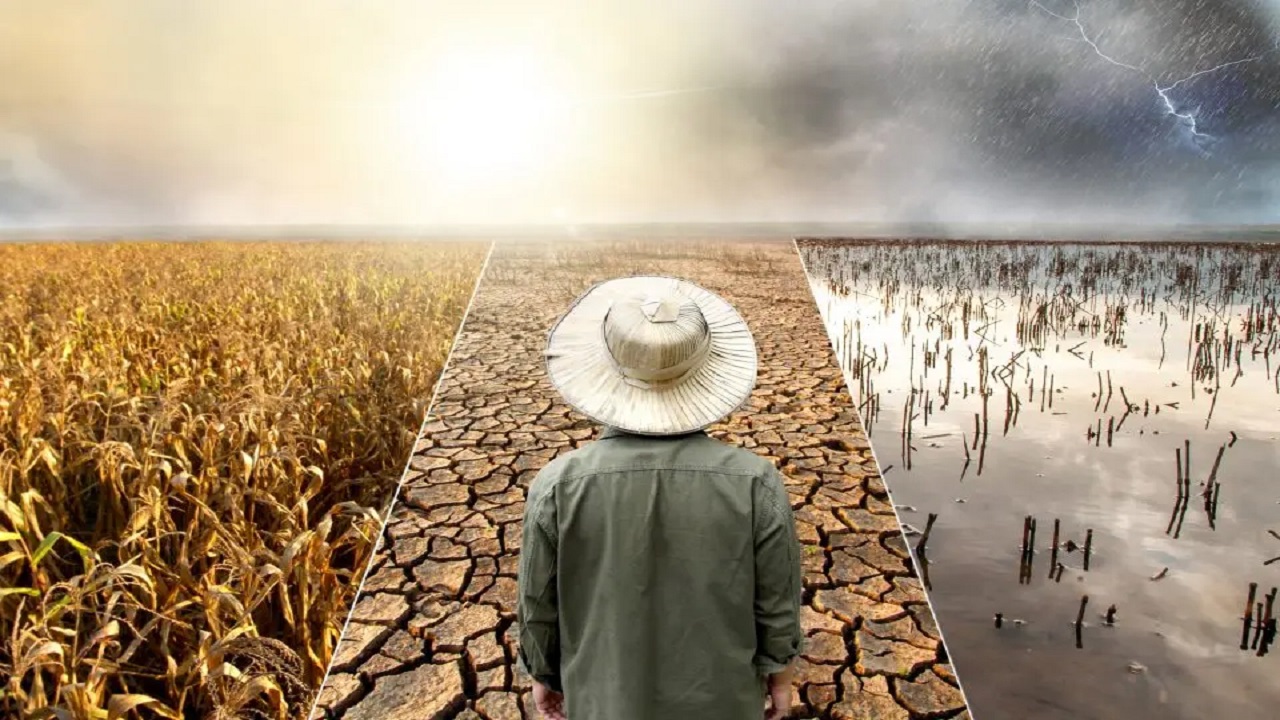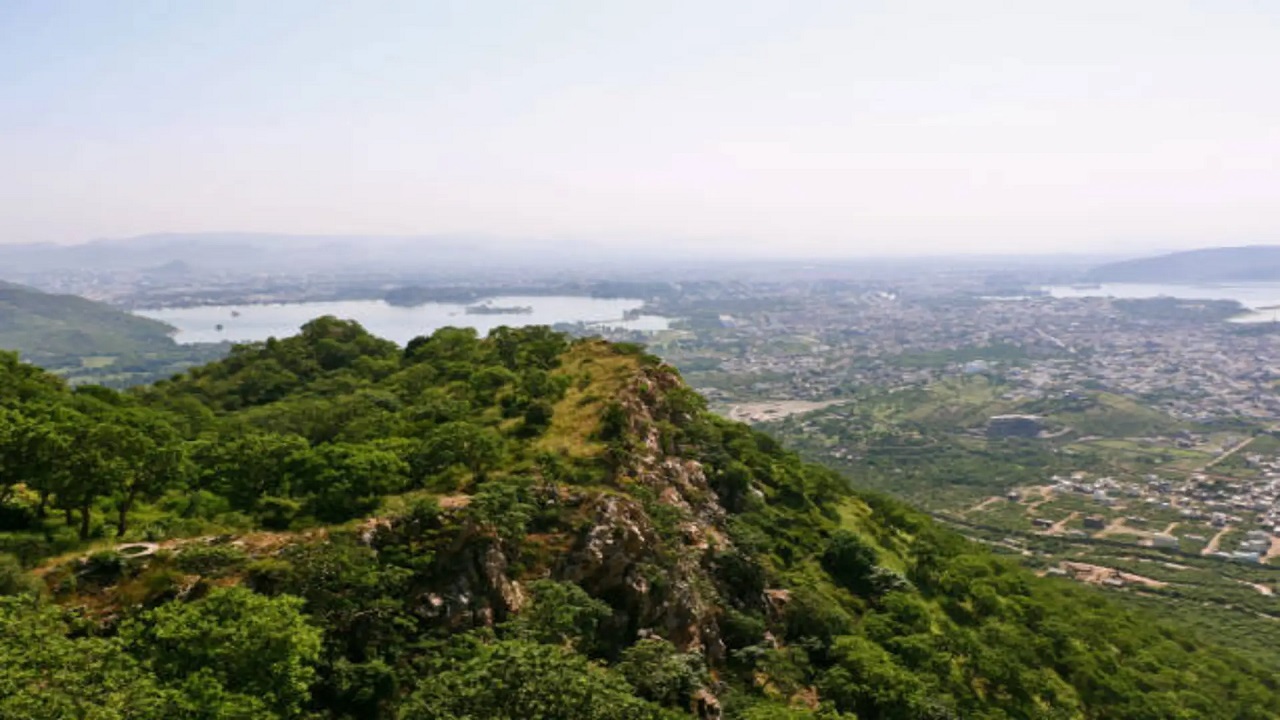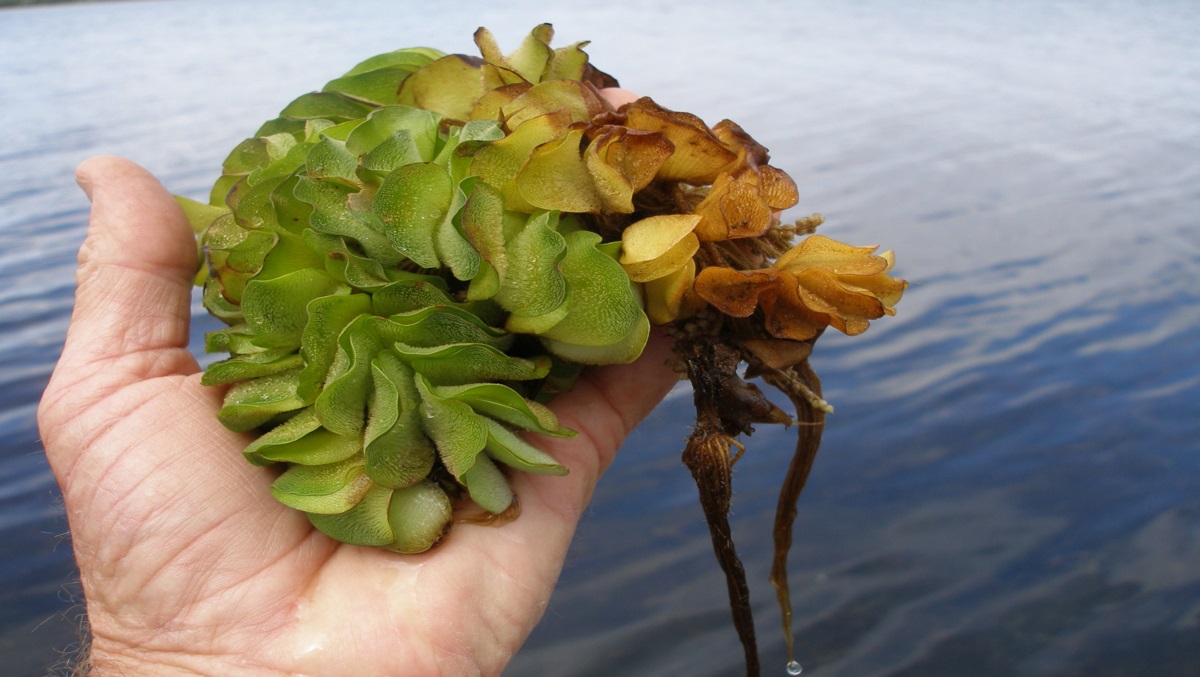Hydroclimate Whiplash : The Impact of Hydroclimate Whiplash on Wildfires and Beyond
Context:
Since January 7, wildfires have devastated large parts of Los Angeles and its surrounding areas in the United States. These fires are largely caused by rare weather conditions that have been made worse by global warming and climate change, particularly a phenomenon known as hydroclimate whiplash.
Background Information
- Human Toll: So far, the wildfires have killed 24 people.
- Destruction: Over 12,000 buildings have been burned down.
- Area Affected: The fires have scorched 155 square kilometers of land as of January 13.
- Growing Risk: The fires may worsen due to strong winds expected in the coming days.
What is Hydroclimate Whiplash?
Hydroclimate whiplash is a term used to describe extreme shifts between very wet and very dry conditions in a region. It means that a place may experience an unusually wet season, followed by a very dry one, or vice versa.
How Hydroclimate Whiplash Happens
-
Warmer Atmosphere:
- As the Earth warms, the atmosphere can hold 7% more water vapor for every 1°C rise in temperature.
- This means the atmosphere can hold moisture for longer before it releases it as rain.
-
Dry Periods Followed by Intense Rain:
- The atmosphere holds onto more water during dry periods, but when it finally releases that moisture, it leads to intense rainfall.
-
Evaporation:
- Warmer air causes more moisture to evaporate from the ground, making dry spells even more intense and longer-lasting.
These factors together lead to more extreme swings between wet and dry periods, creating the conditions we see with hydroclimate whiplash.
Why Hydroclimate Whiplash is Dangerous
-
Wildfires:
- Wet periods encourage the growth of vegetation, which dries out during dry spells and becomes fuel for wildfires.
- This cycle is especially common in places like California, where wet winters are followed by dry summers.
-
Flooding and Landslides:
- After long dry spells, intense rainfall can cause flash floods and landslides, as the soil becomes unstable.
-
Impact on Agriculture:
- Crops face alternating flooding and drought, making it harder for farmers to grow food and maintain food security.
-
Health Risks:
- Wildfires produce smoke that worsens respiratory and cardiovascular diseases.
- Flooding can create conditions for waterborne diseases like cholera and leptospirosis.
-
Water Management Issues:
- The unpredictable availability of water makes it harder to manage reservoirs and water supplies, affecting people and ecosystems.
What is Hydroclimate?
Hydroclimate is the study of how water and climate interact. It looks at:
- How water affects climate patterns.
- How climate change influences the global water cycle.
Key Points to Remember
- Hydroclimate whiplash leads to dangerous swings between wet and dry periods, increasing the risk of wildfires, floods, and health problems.
- Global warming is making these extreme weather events more frequent and severe.
- Addressing this problem requires global efforts to reduce emissions, manage water resources, and adapt to new weather patterns.
Conclusion
The Los Angeles wildfires are a stark reminder of the dangers caused by climate change. The phenomenon of hydroclimate whiplash is becoming more common, and its effects—wildfires, floods, and health risks—are devastating. To prevent further destruction, immediate action is needed to reduce the impact of climate change through better management, reduced emissions, and sustainable practices. The sooner we act, the better we can protect our future.


.jpg)

Comments (0)